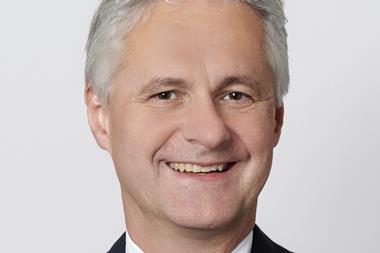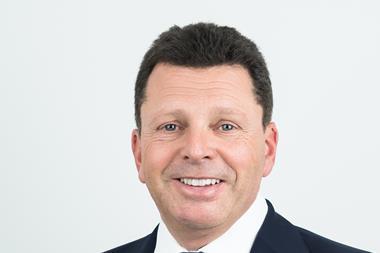The social security and health committee of the National Council (SGK-N), the lower house of Switzerland’s federal parliament, has given the go-ahead in a third and last reading to an alternative proposal for a reform of the second pillar pension system, dealing a final blow to the plan submitted by the social partners and backed by the government.
The next step is for the National Council to debate the alternative proposal now approved by the committee in December, followed by the council of states, the parliament’s upper house.
The parliament may give the final green light to the reform of the second pillar already next summer, IPE understands.
According to the new plan, the compensation for the pension cuts resulting from a reduction of the minimum conversion rate used to calculate pension pay-outs, from 6.8% to 6%, are to be financed through pension funds’ reserves.
Individuals step in to finance compensation only if the Pensionskassen aren’t able to contribute with their reserves.
Moreover, under the new scheme the guarantee fund, which secures pension benefits in case of insolvency of pension funds, will receive contributions from the pension funds in an amount equal to 0.15% of the wage insured under the second pillar.
The latest vote in the SGK-N committee represents a further step away from the original idea jointly backed by the Federal Council and the social partners Swiss Employers’ Association (SAV), Swiss Trade Union Federation (SGB) and Travail.Suisse.
The social partners’ model also foresaw a reduction of the minimum conversion rate from 6.8% to 6%, but wanted to finance the pension supplement with a contribution of 0.5% on annual wages.
In an earlier, second reading, the SGK-N approved a proposal that still foresaw part of the compensation for the cuts in pension pay-outs being financed through contributions on the annual salary subject to mandatory workplace pensions coverage.
The new proposed model envisions compensation of a maximum of CHF2,400 (€2,275) per year for the first five cohorts, a maximum CHF1,800 per year for the second five cohorts, and a maximum of CHF1,200 per year for the third five cohorts hit by the reform.
The SGK-N has also approved a motion to allow people with multiple jobs, and a total annual salary of over CHF12,548, to join a pension fund.
The Swiss pension funds association ASIP, which strongly pushed in favour of the alternative proposal, welcomed the decision of the committee to decentralise the financing process to compensate for pension losses through pension funds’ reserves and only for those hit by the reduction of the conversion rate.
The association has described the financing mechanism through the reserves of the pension funds as a “fair approach” that “significantly reduces” the redistribution between the younger and the older generations within the second pillar compared with the idea of the Federal Council.
ASIP also considers that lower incomes will be strengthened though the fixed pension supplements.
Out now, IPE’s latest Switzerland country report
Swiss pension funds are aligning their portfolios with sustainability goals. We speak to some of the leaders.
Our report also assesses the ongoing pension reform discussions, looks at investment trends and features the latest research on risk, investment and funding levels












